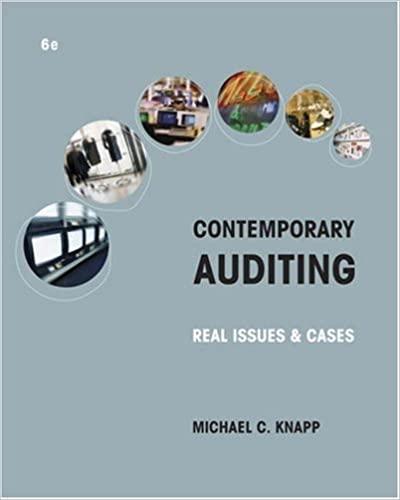Question
Glitch in FAA ERAM system Background As of today, Host is history, FAA Administrator Michael Huerta announced yesterday morning at a press conference regarding the
Glitch in FAA ERAM system
Background
As of today, Host is history, FAA Administrator Michael Huerta announced yesterday morning at a press conference regarding the rollout of the new Air Traffic Control (ATC) En Route Automation Modernization (ERAM) system held at the Washington Reagan National Airport in Arlington, Va. ERAM, which was contracted in 1990 to replace the agencys antiquated Host system, has finally taken over at all 20 ATC centers in the United States, enabling many of the NextGen air traffic modernization initiatives that the FAA is currently working to put in place.
Prior to now, the FAA and the National Air Traffic Controllers Association (NATCA) have been working with controllers to toggle back and forth between the old and new systems as they gradually brought ERAM online. As of yesterday, however, Host has been completely shut off allowing ERAM to officially take over as the core functionality for ATCs across the country.
We are now able to handle air traffic in a much more collaborative way. We can see a much bigger and richer picture of our nations high altitude air traffic, Huerta told reporters, noting that the system allows each controller to handle more aircraft over a larger area, increasing safety, capacity and efficiency. ERAM processes data from nearly three times the number of sensors as the old system. It can track and display nearly double the number of high altitude flights, and enable controllers to handle additional traffic more efficiently. Its going to make all air traffic flow more smoothly across the country.
While the FAA and partners tout the rollout of the system as success, the program is millions of dollars over budget and least five years behind schedule, with its original rollout docked for 2010. Although the FAA is staying quiet on the final price tag, the project was originally slated to cost $2.1 billion, but has been famously in the red as system anomalies and budget constraints kept the system from going online.
In 2010, when the Obama administration first began looking into ERAM, ERAM was at that point about four years behind schedule and $330 million over budget, Huerta said when asked by reporters about the final cost of implementation. The program was rebaselined in 2011 with the goal to complete development by 2014. The sequester delayed implementation by about another 7 months and increased costs by about another $42 million, but we did hit the milestones we laid out when you adjust for that.
While ERAM currently works to increase flexibility in routing around congestion, bad weather, etc., eventually the system will also work in conjunction with other technologies to allow ATCs to alert pilots and have them change course ahead of time.
Eventually ERAM will allow controllers to push a button and send a written message to a pilot in advance, allowing them to change course and steer around storms and congestion, once again improving on-time arrival and decreasing delays, said Huerta.
Source: https://www.aviationtoday.com/2015/05/01/host-is-history-eram-finally-takes-over/
A computer glitch
A common design problem in the U.S. air traffic control system made it possible for a U-2 spy plane to spark a computer glitch that recently grounded or delayed hundreds of Los Angeles area flights, according to an inside account and security experts.
The error blanked out a broad swath of the southwestern United States, from the West Coast to western Arizona and from southern Nevada to the Mexico border.
As aircraft flew through the region, the $2.4 billion system made by Lockheed Martin Corp, cycled off and on trying to fix the error, triggered by a lack of altitude information in the U-2s flight plan, according to the sources, who were not authorized to speak publicly about the incident. No accidents or injuries were reported from the April 30 failure, though numerous flights were delayed or cancelled.
Lockheed Martin said it conducts robust testing on all its systems and referred further questions about the En Route Automation Modernization (ERAM) system to the Federal Aviation Administration.
FAA spokeswoman Laura Brown said the computer had to examine a large number of air routes to de-conflict the aircraft with lower-altitude flights. She said that process used a large amount of available memory and interrupted the computers other flight-processing functions.
Source: https://www.reuters.com/article/us-airtraffic-bug-exclusive-idUSBREA4B02320140512
Required:
a) Explain the FIVE considerations that should have happened in the system analysis and system design that underlined the decision to move from Host to ERAM system (15 marks)
b) Explain THREE things that have/might have gone wrong during the System Implementation and how they should have been addressed (10 marks)
Step by Step Solution
There are 3 Steps involved in it
Step: 1

Get Instant Access to Expert-Tailored Solutions
See step-by-step solutions with expert insights and AI powered tools for academic success
Step: 2

Step: 3

Ace Your Homework with AI
Get the answers you need in no time with our AI-driven, step-by-step assistance
Get Started


